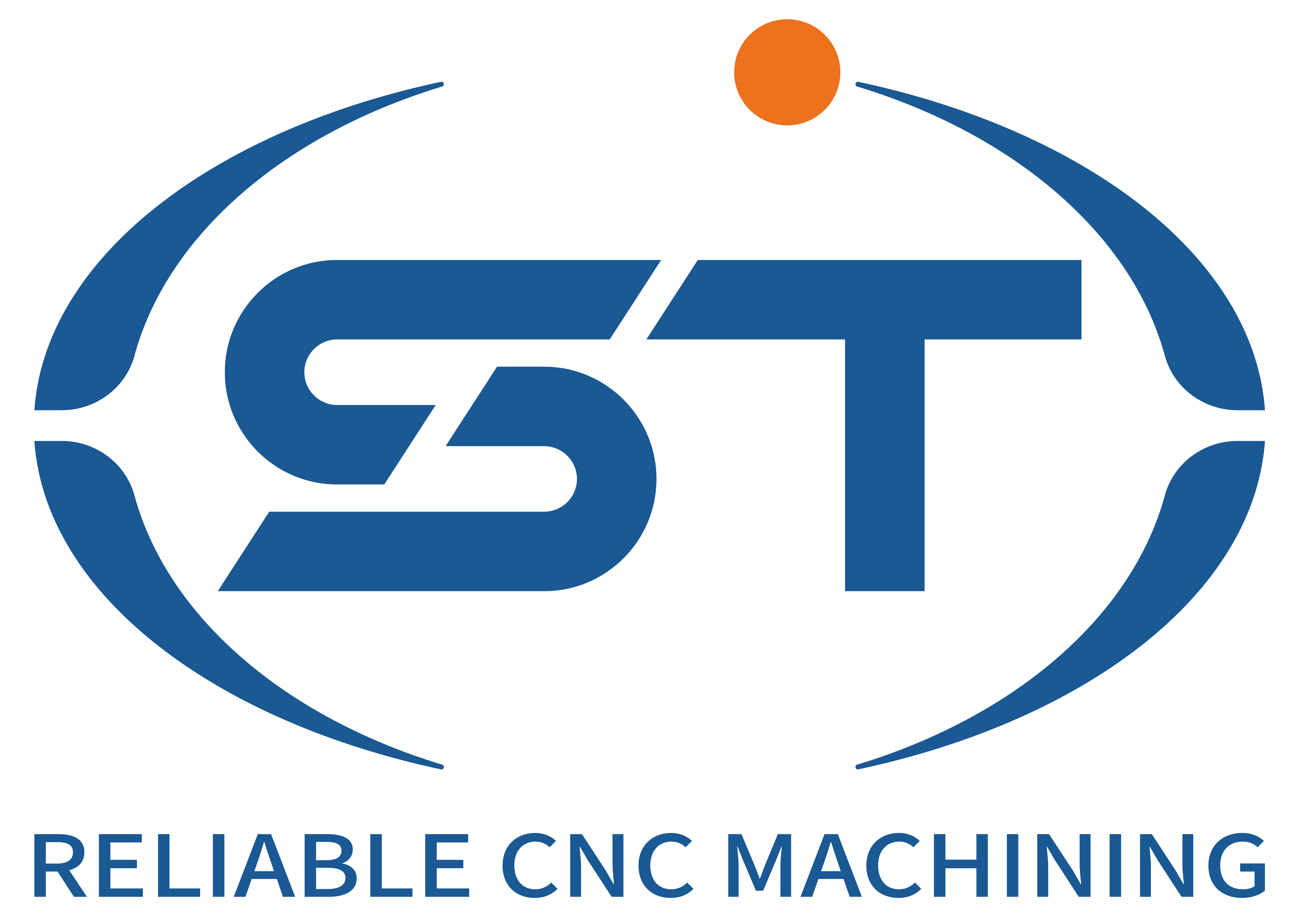Key Considerations for CNC Machining Plastic Automotive Components
CNC machining has become a cornerstone in manufacturing plastic automotive parts due to its precision, repeatability, and versatility. However, working with plastics introduces unique challenges that require careful attention to detail. Below are critical factors to ensure high-quality results when CNC machining plastic components for automotive applications.
Table of Contents
ToggleMaterial Selection and Preparation
Plastics differ significantly from metals in terms of thermal properties, hardness, and machinability. Automotive parts often demand materials with specific strength, flexibility, or chemical resistance. For instance, polycarbonate and nylon are popular choices, but they behave differently under cutting forces.
Before machining, it’s essential to evaluate the material’s moisture content, as some plastics absorb humidity, leading to dimensional inaccuracies or internal stresses during processing. Storing materials in a controlled environment and pre-drying them if necessary can mitigate these issues. Additionally, selecting the right grade of plastic—whether reinforced with glass fibers or unfilled—impacts tool life and surface finish.
Tooling and Cutting Parameters
The tools used for CNC machining plastics must differ from those designed for metals. Plastics tend to melt or chip under excessive heat, so sharp, high-speed steel (HSS) or carbide tools with polished flutes are preferred to reduce friction and heat buildup.
Adjusting cutting parameters is equally critical. Lower spindle speeds and higher feed rates help prevent material deformation, while depth-of-cut adjustments minimize tool wear. For example, using a climb milling technique can reduce tear-out and improve surface quality. Regular tool inspections and replacements ensure consistent performance, as dull tools generate more heat and compromise part accuracy.
Workholding and Fixturing
Plastic parts are often lightweight and flexible, making them prone to vibration or movement during machining. Secure workholding is vital to avoid dimensional inaccuracies or tool damage. Vacuum chucks, custom fixtures, or double-sided tape can provide stability without distorting the material.
Clamping forces must be carefully balanced—too much pressure can deform the plastic, while too little may allow shifting. Designing fixturing solutions that account for the part’s geometry and material properties ensures repeatability. Additionally, minimizing the number of setups reduces the risk of misalignment and improves efficiency.
Post-Machining Considerations
After CNC machining, plastic automotive parts may require deburring or polishing to meet aesthetic or functional standards. Unlike metals, plastics can be sensitive to abrasive methods, so techniques like hand sanding or vapor honing are often preferred.
Stress relief is another critical step, especially for parts with tight tolerances. Annealing or heat-treating processes can alleviate internal stresses introduced during machining, preventing warping or cracking over time. Finally, inspecting parts for dimensional accuracy, surface defects, or material integrity ensures they meet automotive industry standards before assembly.
By addressing these considerations, manufacturers can optimize CNC machining processes for plastic automotive components, ensuring durability, precision, and cost-effectiveness.




